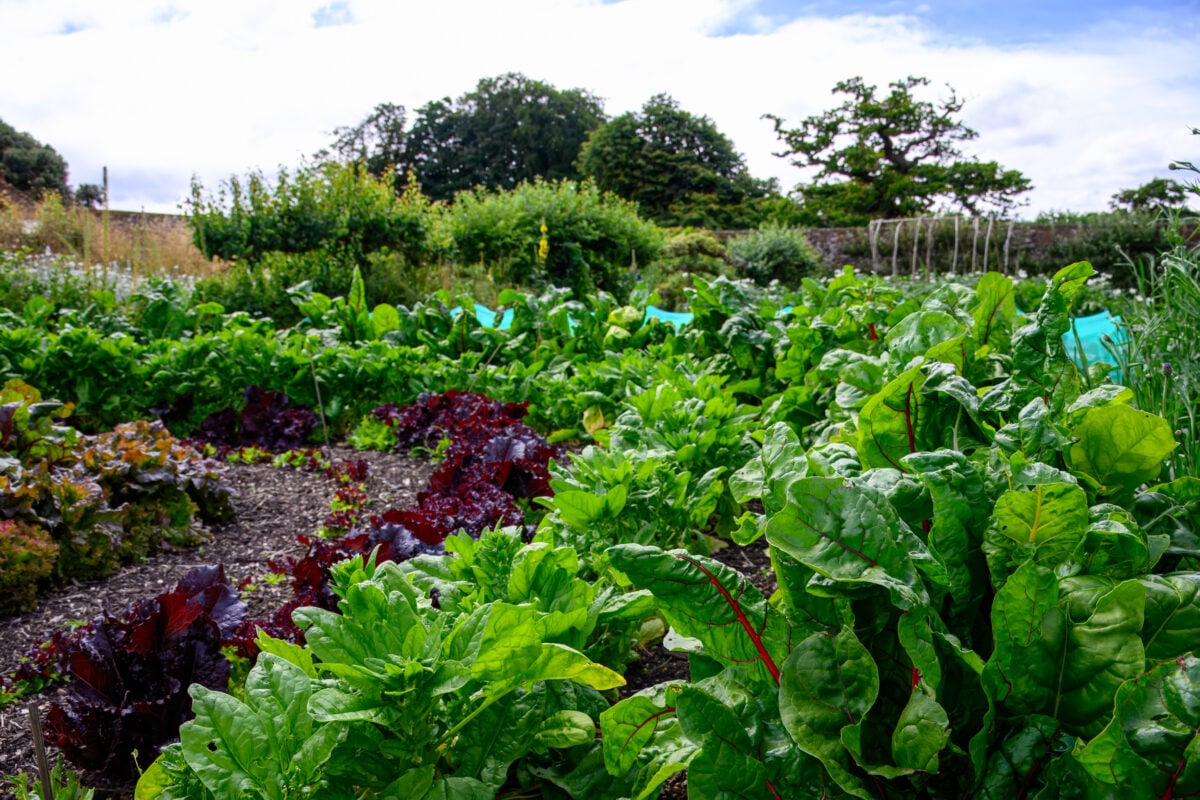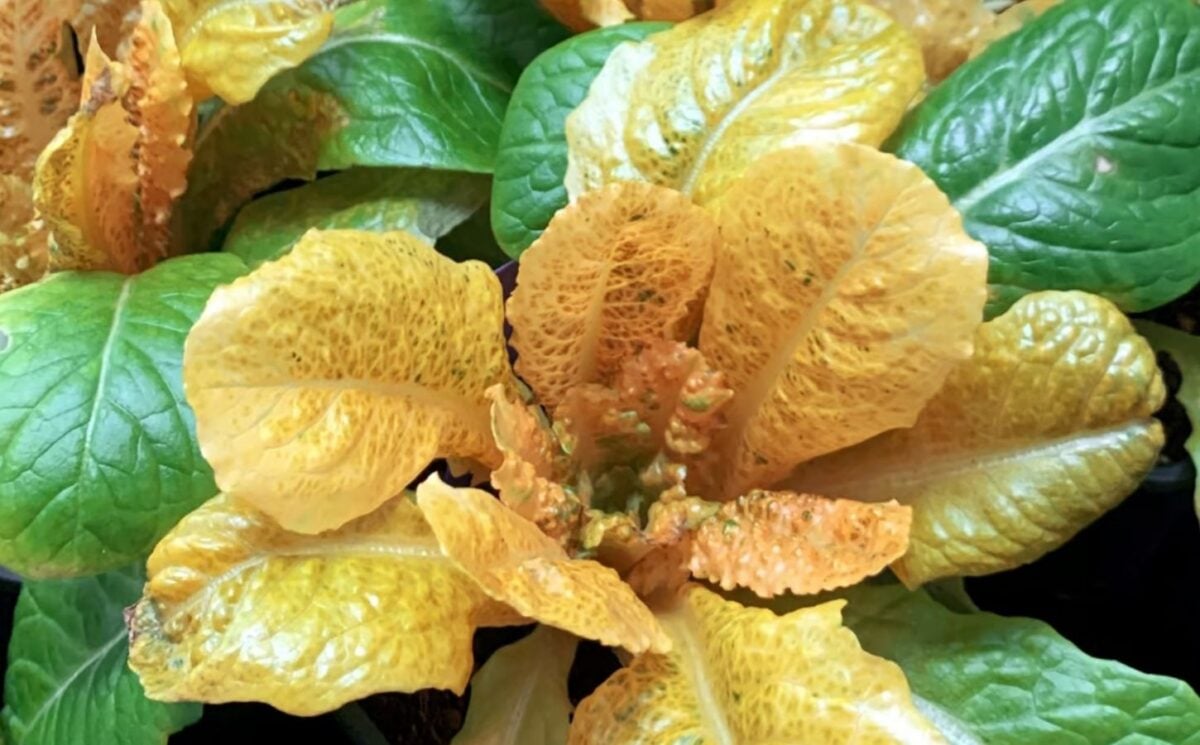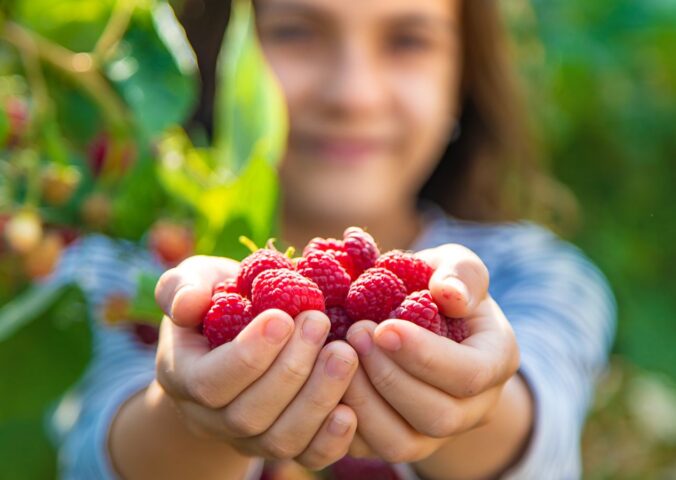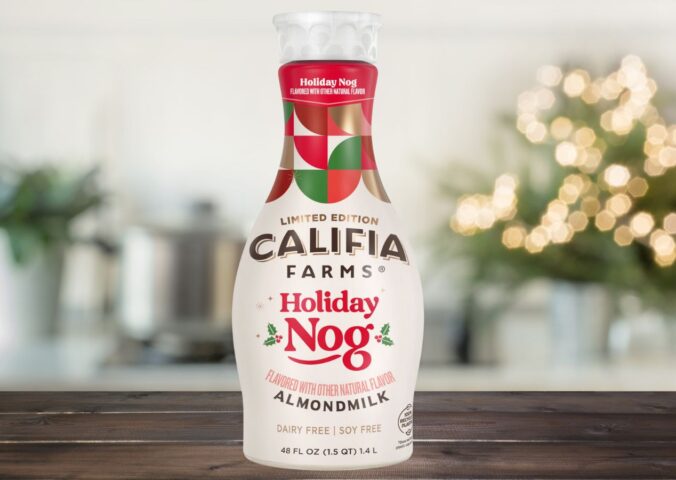Scientists have developed a fortified variety of lettuce with a distinctive golden hue that could help tackle vitamin A micronutrient deficiencies.
Read more: 5 Benefits To Food Processing
The group of researchers discovered a new combined method of “biofortification” to multiply the bioavailable beta-carotene in green plant tissues up to 30 times the typical amount.
Once ingested, the human body converts beta-carotene into essential vitamin A, which supports the immune system, growth and development, and normal vision. Vitamin A also helps internal organs like the heart, lungs, and other tissues.
The researchers published a report of their work in The Plant Journal in August of this year. In the report, they wrote “Micronutrient deficiency, also known as hidden hunger, is still a major problem in many countries. In particular, vitamin A deficiency causes xerophthalmia and can lead to other health problems and even death.”
While conventional food supplementation or fortification can help reduce the risk of micronutrient deficiencies, these methods remain “unaffordable in many cases.” Biofortification – meaning the development of micronutrient-enriched crops – is one alternative method of tackling the “hidden hunger” of deficiencies.
Read more: New Cultivated Spirulina Has Comparable B12 To Beef
Breakthrough could help fight micronutrient deficiencies

The group that carried out the work is from the Research Institute for Plant Molecular and Cellular Biology (IBMCP), a joint venture of the Spanish National Research Council (CSIC) and the Universitat Politècnica de València (UPV).
They combined several different approaches to increasing beta-carotene content to achieve their successful results. This avoided negatively affecting other vital processes in the plant, such as photosynthesis, which can happen during biofortification.
Instead, the team’s combined methods cause beta-carotene to accumulate in “cellular compartments” within the plants where it is not normally found.
This allows for the 3,000 percent increase in beta-carotene they reported, and the plant’s distinctive gold color, without compromising the health of the plant – or its flavor. The same technique could allow scientists to fortify any number of nutritious leafy greens.
Read more: 20 Vegan Recipes High In ‘Complete’ Proteins






